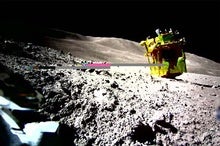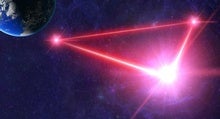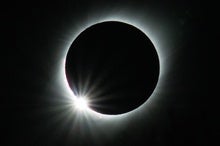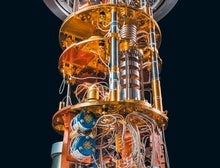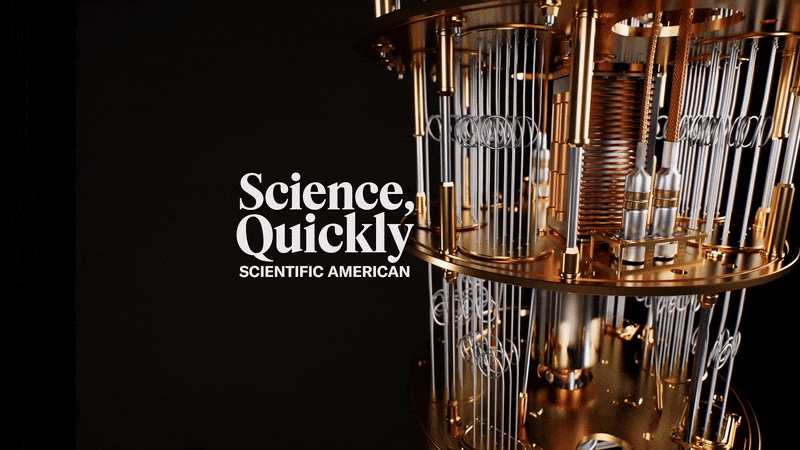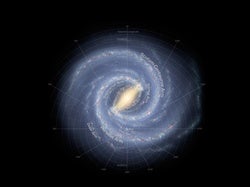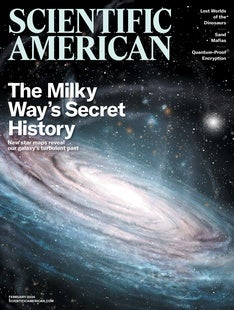 |
| February 01, 2024 |
This week, we're rewriting (galactic) history. Our top story, from Scientific American's February print edition, highlights a quiet, ongoing revolution in astronomy linked to our ever-better maps of the Milky Way. Contrary to (perhaps naive) expectation, our galaxy didn't form anywhere close to all at once in some singular cosmic birth. Instead, it formed from a large number of messy mergers between smaller galaxies and globular clusters—the evidence of which we still see today in stellar streams and other leftover debris scattered within and around the Milky Way. Researchers today are finding all sorts of surprises in their reconstruction of our galaxy's gradual assembly, unveiling new and unexpected chapters in the chronicle of our cosmic home. Elsewhere this week, we have stories on studying pseudorandom numbers, the citizen science opportunities of April's total eclipse, talking to whales (and aliens), and much more. Enjoy! |
| |
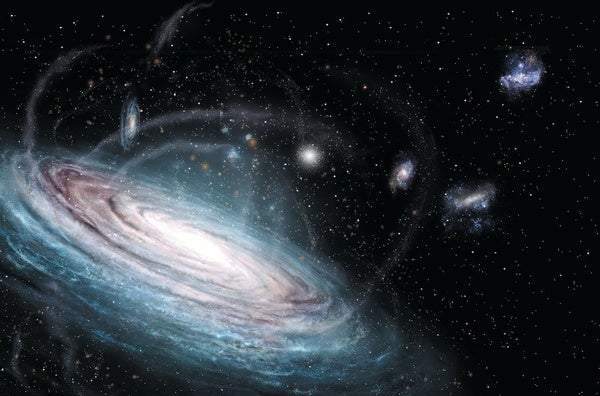 |
| |
| Particle Physics Why Aren't We Made of Antimatter? To understand why the universe is made of matter and not antimatter, physicists are looking for a tiny signal in the electron | | | | |
| |
| |
| |
| |
| |
| |
| |
| |
| |
| |
| |
FROM THE ARCHIVE
 | | | |
LATEST ISSUES
 |
| |
| Questions? Comments?  | |
| Download the Scientific American App |
| |
| |






